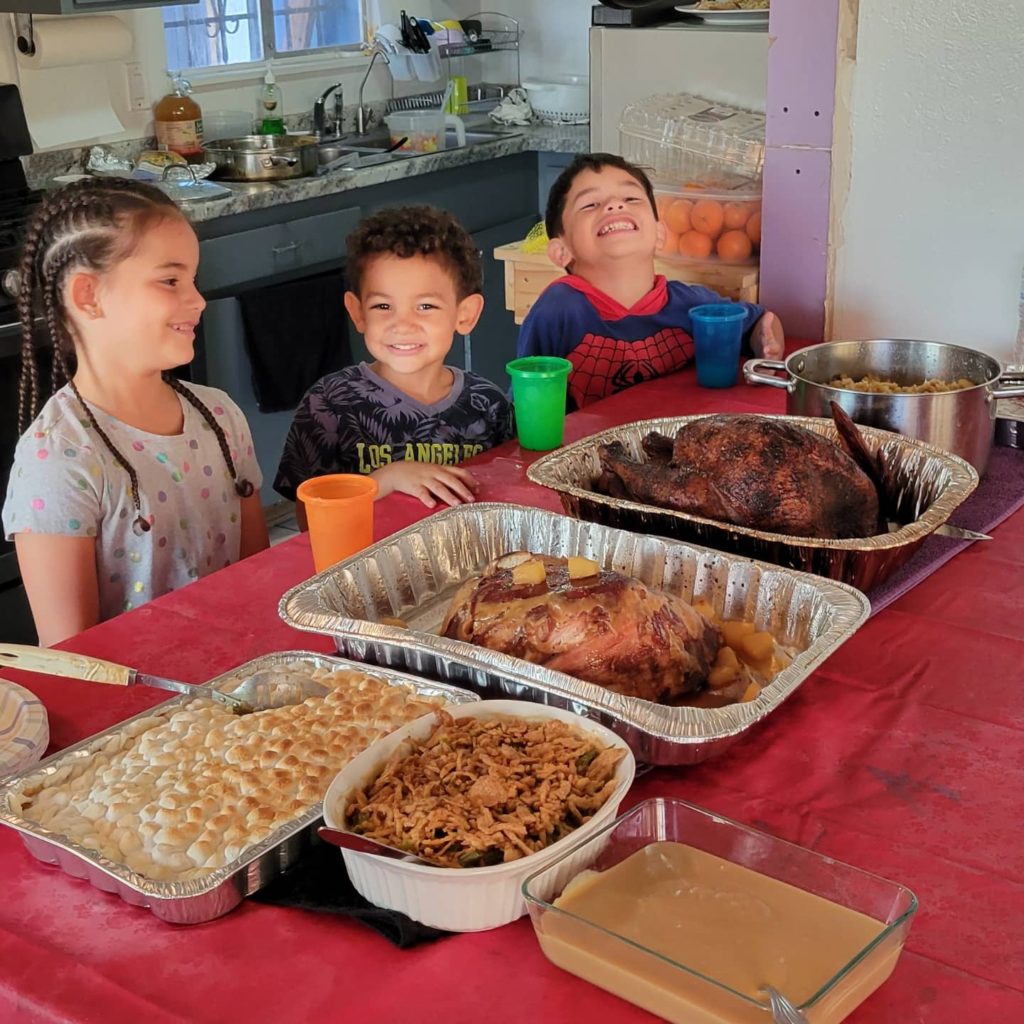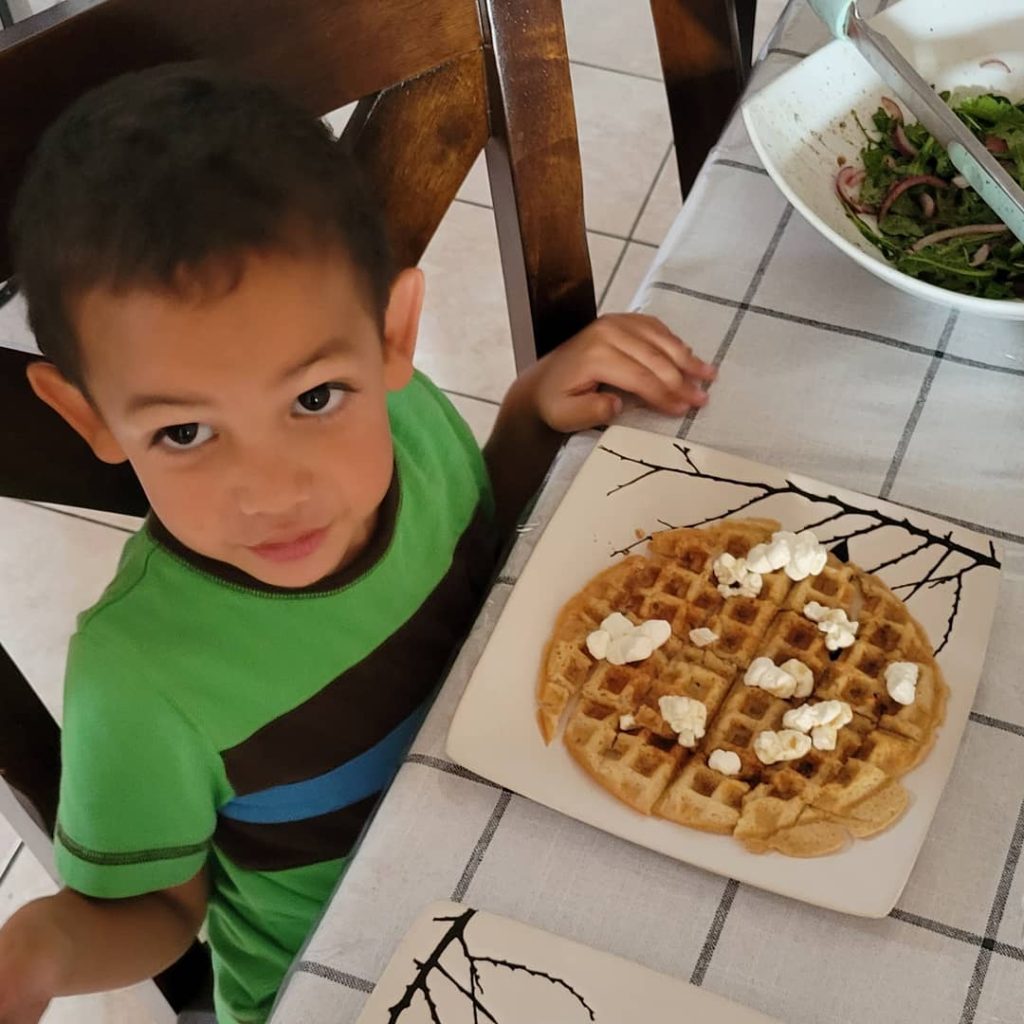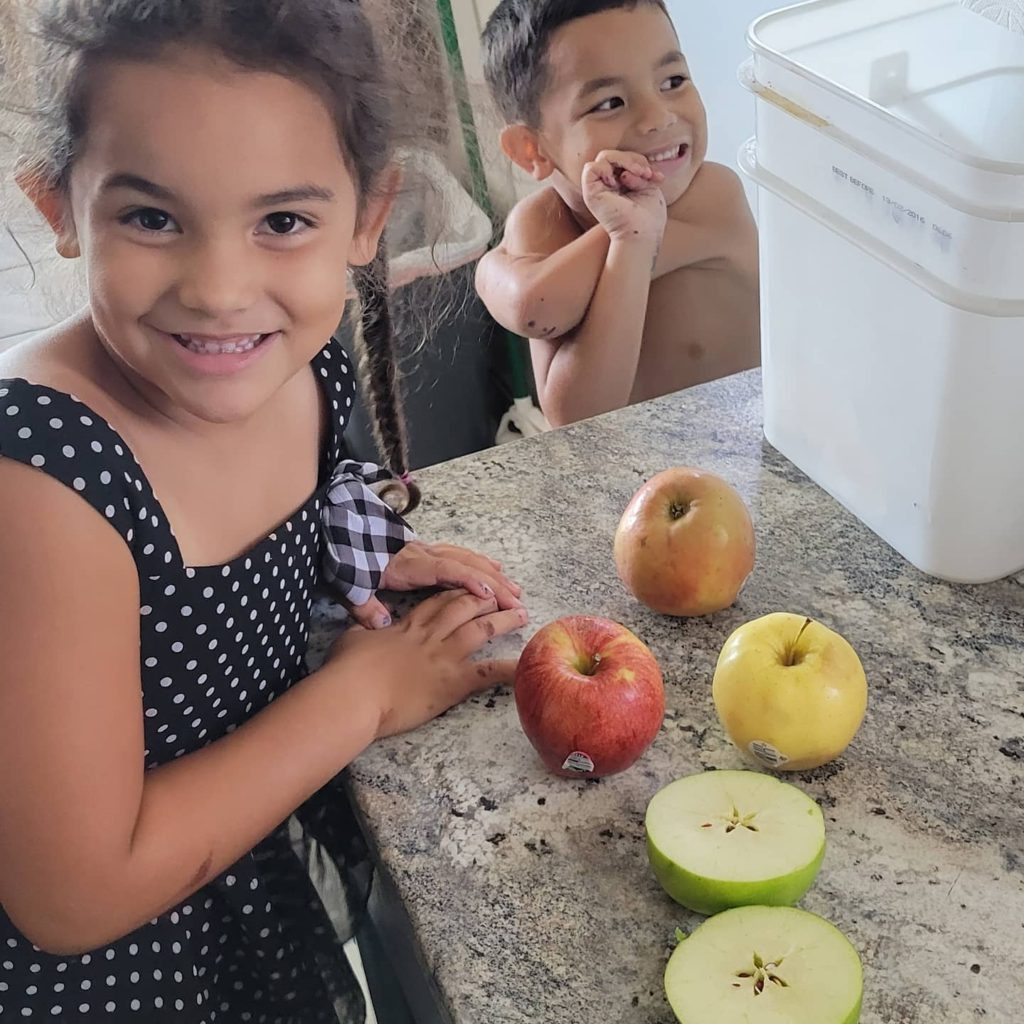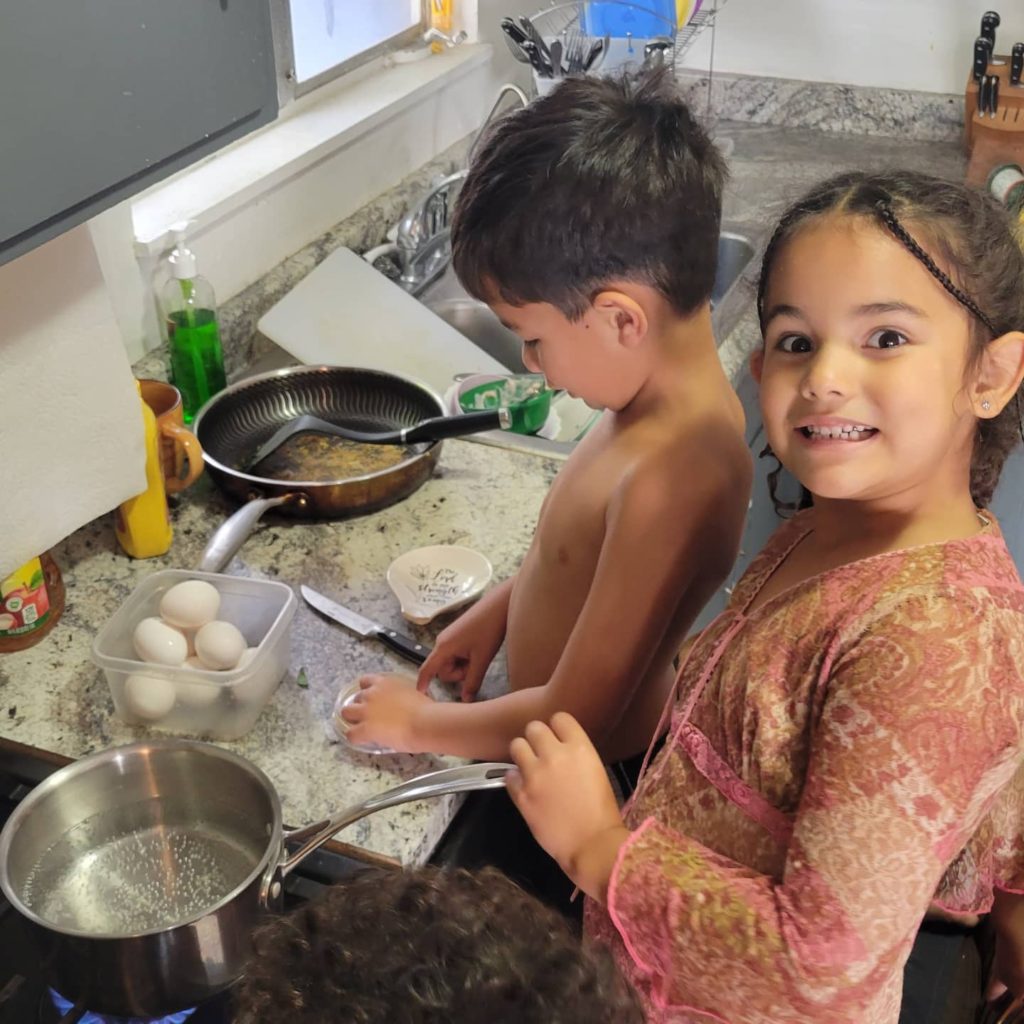I’m the first person to admit that feeding my children lovely, fully cooked meals is not my strength. In fact, we are far more likely to have cookies and grapes for lunch than anything I spent time cooking. We almost always have fresh fruit on the table, and we have an ice cream break everyday during homeschooling. I have made an effort to teach my kids to eat when they are hungry and to stop eating when they are no longer hungry. They don’t have to eat everything on their plates, and they don’t have to eat at all.
Despite this generally laissez-faire attitude toward food, I found myself wanting to hold onto certain food rules that when I thought about it are completely illogical.

You cannot have cookies for breakfast.
This one seems basic. “Of course you shouldn’t feed your children cookies for breakfast.” If there are cookies on our counter, the kids are probably going to ask for cookies for breakfast. I would tell them that wasn’t a breakfast food, but do you know what I would offer instead? Cheerios. Nutritionally, those are the same thing, especially if they have a glass of milk with their cookies. It’s the same thing. If you want to limit your children’s access to cookies in the morning (or even all day long), that’s absolutely your decision, but it’s important to be consistent in our rules and decisions. Allowing them to have sugar covered flour in one form but not the other because the other has been marketed to us as “breakfast food” is nonsensical.
You need to have peanut butter on your jelly sandwich.
This was a rule I grew up with. We could not eat only jelly on a sandwich; we had to have peanut butter with it. I started telling Ana Lia the same thing because she often asked for a jelly sandwich. One morning, I was making her toast and asked if she wanted some jelly on her toast. It made me stop and consider what the difference was between butter and jelly on her toast and a jelly sandwich. Did the crunchier toast make it better for her? Did the time of day make the rule different? Of course not. This was simply an inconsistency on my part based on traditions from my childhood.
Desserts are for after dinner.
Does having ice cream after dinner impact your body differently than having ice cream at 10am? Logically, no. However, we have been culturally conditioned to think that desserts come after dinner. Or that kids have to eat their whole dinner before they can have desserts. My kids tend not to eat in the evenings. I believe that if I only let them have ice cream after dinner, they would likely eat their dinner to get the ice cream, not eat their dinner because they are hungry. So we have ice cream most days around 10am.

You cannot cover your chicken nuggets in syrup.
Finiasi LOVES chicken nuggets. He loves them for any meal of the day, and sometimes he wants them multiple times a day. One day he asked me if he could have syrup on his chicken nuggets. My immediate reaction was “Syrup doesn’t go on chicken nuggets!” Again, whose rule is that? I was offering him ketchup with his chicken nuggets, and in truth the sugar content in syrup and ketchup are almost exactly the same. The ketchup made me feel better than the syrup, but it was a rule served with a side of hypocrisy. If I was okay with the ketchup, I needed to be okay with the syrup.
Logical Alternative: You can only have one cup of yogurt a day.
Yogurt is expensive, and I like to eat it too. If I let them eat three or four cups of yogurt a day, our grocery bill would be much, much higher, and I wouldn’t get any yogurt for breakfast in the mornings. So we had a conversation about how much the yogurt cups cost and how it’s respectful to consider other people in the household when you take food out of the refrigerator. This can include offering to get food for other people if you are making it for yourself. Or it can be eating only one of an item to make sure others can have some too.

I provide this example to show that rules around food are not always bad, but I found it necessary to consider where my rules came from and whether or not they actually made sense. Am I imposing additional, unnecessary limitations on my kids because they are traditional rules or because I have a valid reason for them?
A good test I have found is that if I cannot explain the rule to my kids or if it is in direct contradiction to a separate rule that is allowed at a different time of day, it’s probably worth rethinking that particular food rule. My goal is to have as few food rules as possible so that my kids don’t develop a habit of getting emotional fulfillment from food or feel like food is a good way to be rebellious. If we can do all our eating together in a content and limited way, I hope to have saved them from a lifelong battle of an unhealthy relationship to food. That often starts with reconsidering my own perspective on food.
